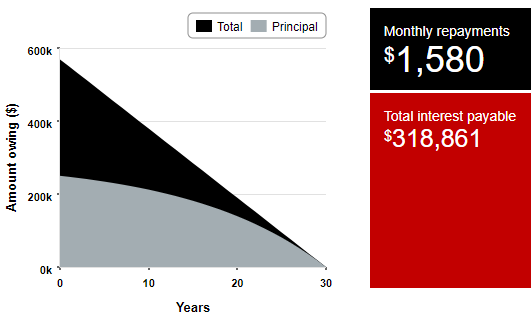We all know how the concept of risk and return in our financial lives normally works … the more risk you take on, the greater your potential profit (or loss) can be. The less risk, the less you can potentially make (or lose). In “normal” markets, mortgage loan products work in the same manner. A Fixed Rate Mortgage carries a higher interest rate, but you’re not assuming any risk with how the market fares in the years to come. In contrast, an Adjustable Rate Mortgage (ARM) carries a lower interest rate because you’re taking on risk in terms of what will happen in the future when the fixed portion of your ARM is up.
So, right now, in this market, why are Fixed Rate Mortgage rates cheaper than rates on ARMs?
Well, secondary market players aren’t buying any of the new ARM loans because they’re deemed way too risky. A lot of what our housing market is going through right now doesn’t just have to do with the down cycle of real estate; it has to do with a down market (decreased home prices and values) in conjunction with homeowners’ ARMs coming due.
Here’s an example: John Doe bought a home in 2003 valued at $500k and chose a 5/1 ARM (the most common ARM) at 5.0% and put little down. Here we are in 2008 and the fixed portion is expiring, so John’s loan is about to enter the adjustment period. The new rate is based on a formula and is dependent on current market indexes (details on how ARMs adjust at a future date).
John’s loan and payment is about to adjust at a different rate and now on a 25 year term (because 5 years have passed). The shorter loan term, if not the new interest rate, means that his monthly payment is going up. In conjunction with the new rate and payment adjustment, the value of John’s home has likely decreased and he’s unable to refinance because banks are now requiring solid equity. So if he doesn’t find a way to make his new monthly payment and if the bank isn’t willing to help him negotiate new terms, then he’s going to lose his house.
Because of all this, investors are scared of ARMs and of this happening again, and so they aren’t buying the new ones. Because they’re not buying them, banks can’t sell them. There’s a greater risk associated with such loans, and the rates are higher.



Trackbacks/Pingbacks